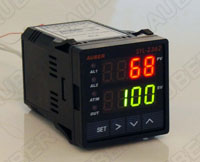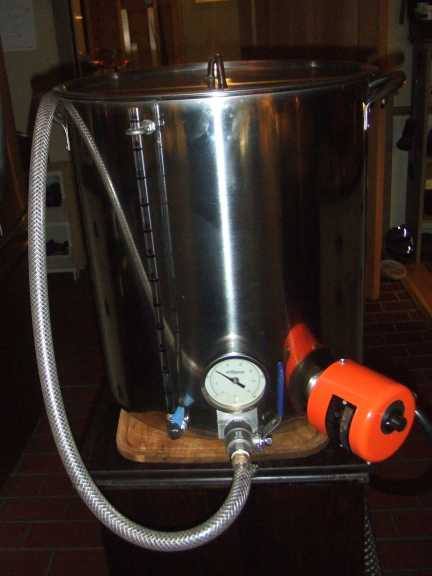jakeshivers
Active Member
hey all,
I'm getting ready to build an electric rig. I know nothing about electricity, or temp controllers. Can someone give me a tutorial on how these gadgets work?

http://www.auberins.com/index.php?main_page=index&cPath=1
I'm getting ready to build an electric rig. I know nothing about electricity, or temp controllers. Can someone give me a tutorial on how these gadgets work?

http://www.auberins.com/index.php?main_page=index&cPath=1



